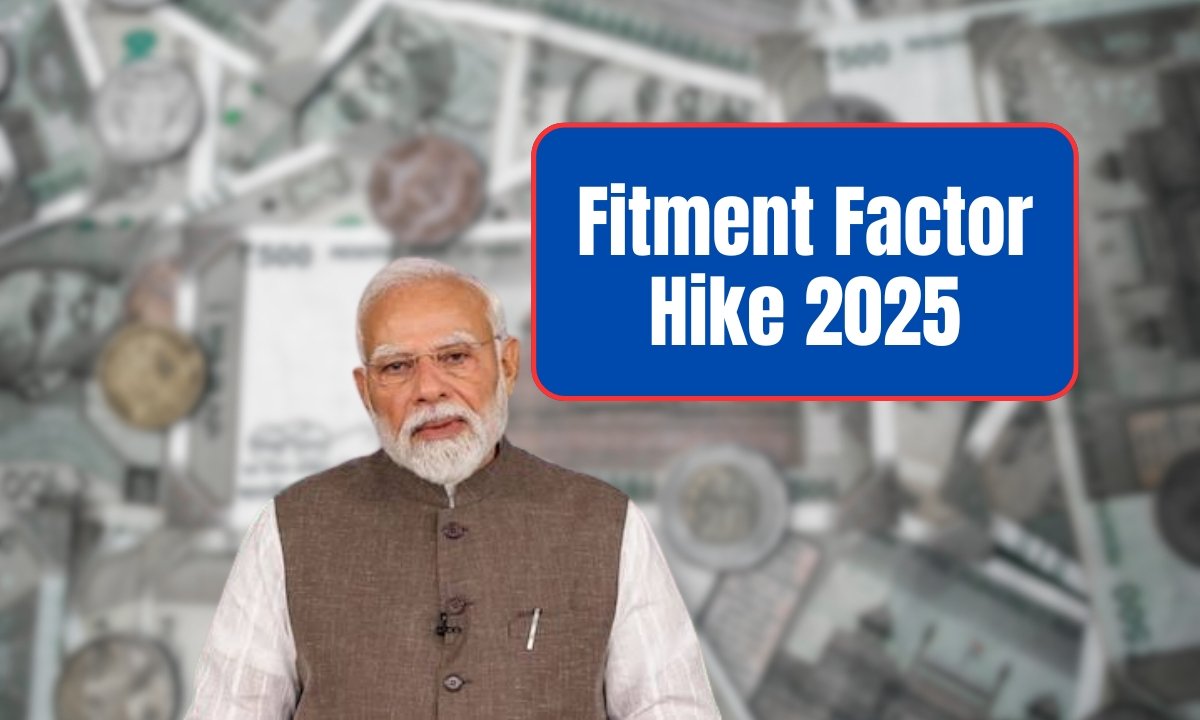The 8th Central Pay Commission (CPC), approved on January 16, 2025, has rekindled the hopes of more than 50 lakh central government employees and 65 lakh pensioners in India. This new commission is slated to replace the 7th CPC, which terminates in December 2025, and is expected to enforce revised salaries and pension effective January 1, 2026. Due to increasing inflation and changes in the economy, employees look for a big increment, but some reports indicate a rather low increase. Here, we see the latest developments, the salary increment expected, and their impact.
Projected Increase in Salary
The pay commission is projected to boast raises between the 20 and the 34%, with 1.8–2.86 as the fitment factor against 2.57 of the 7th CPC. If the basic pay were ₹18,000, then the eventual pay will lie between ₹32,400 and ₹51,480; whereas, with a basic pay of ₹50,000, the eventual pay will increase to ₹90,000–₹1,43,000. But on the other hand, the DA will get revised at zero in July 2025, which will mean an actual increase of 13% as against 14.3% of the 7th CPC. The pensioners’ minimum pension could be raised from ₹9,000 to ₹17,280–₹25,740, which is a measure of financial comfort.
Fitment Factor Debate
The factor of fitment determining the revised pay is the paramount issue. It is said to be 1.8, which is far below the 2.57 demanded by union organizations such as the National Council-JCM. Some have suggested that perhaps it should be 2.86, that is, sufficiently high to cost a minimum salary of ₹51,480. The lower factor became the bone of contention since employees were contending that with such a figure, the factor did not account for inflation, while the union insisted on the factor being on par with the 7th CPC for fair compensation.
Revised Pay Matrix and Allowances
The 8th CPC would put into place a revised pay matrix in place of the 7th CPC’s 24 levels, which would necessitate arranging the salaries of various jobs. Consequently, allowances like House Rent Allowance and Transport Allowance would be adjusted, having regard to the new basic pay, with a maximum of 30% in metros for HRA. DA runs on a half-yearly revision to meet inflation. The proposals to amalgamate lower pay scales seek to do away with anomalies, which have been a cause of concern for employees for all these years.
Implementation Timeline
Currently, consultations are in place with the Ministries of Defence, Home Affairs, and Finance regarding the finalization of the commission’s Terms of Reference. The chairperson and members have not yet been appointed, and the formal notification is anticipated shortly. The date for recommendations is slated towards late 2025, with the implementation schedule falling in January of 2026, barring any delay that may push it beyond 2027, whereby the arrears make up for it as is usually the case.
Economic and Employee Impact
The salary increase, costing between ₹1.8 and ₹3.2 lakh crore (or 0.6-0.8% of GDP), will enhance consumer spending, thereby boosting retail, real estate, and other sectors. Yet, the roughly 13% effective increase from the best estimate may prove disappointing for employees who had hoped for help in coping with their rising costs. The commission contends this against the need for fiscal prudence under the demands for skill development and welfare measures on fair compensation.
Also Read: 8th Pay Commission Relief Expected From Jan 2026: Govt Employees Demand 3 Promotions
